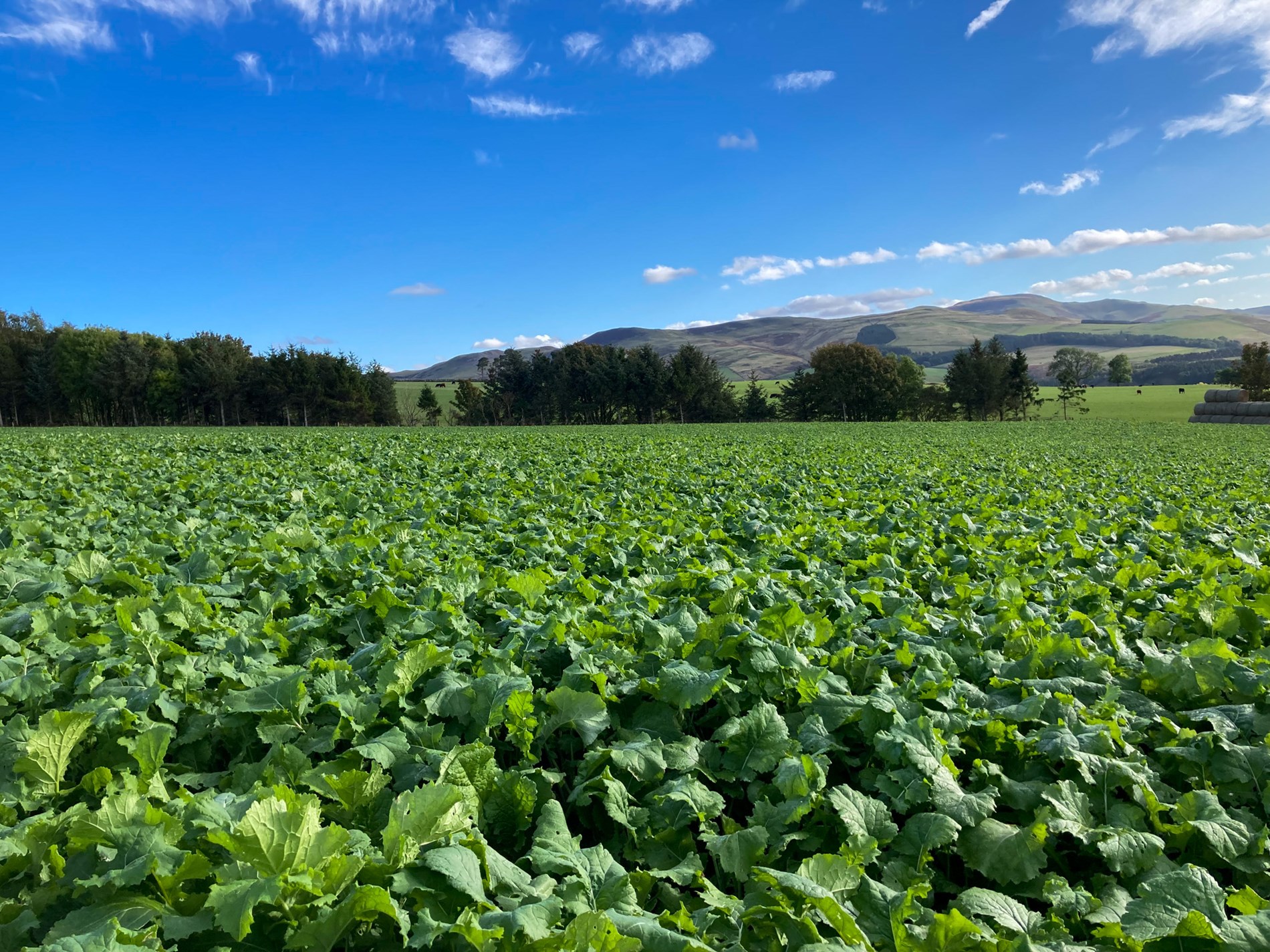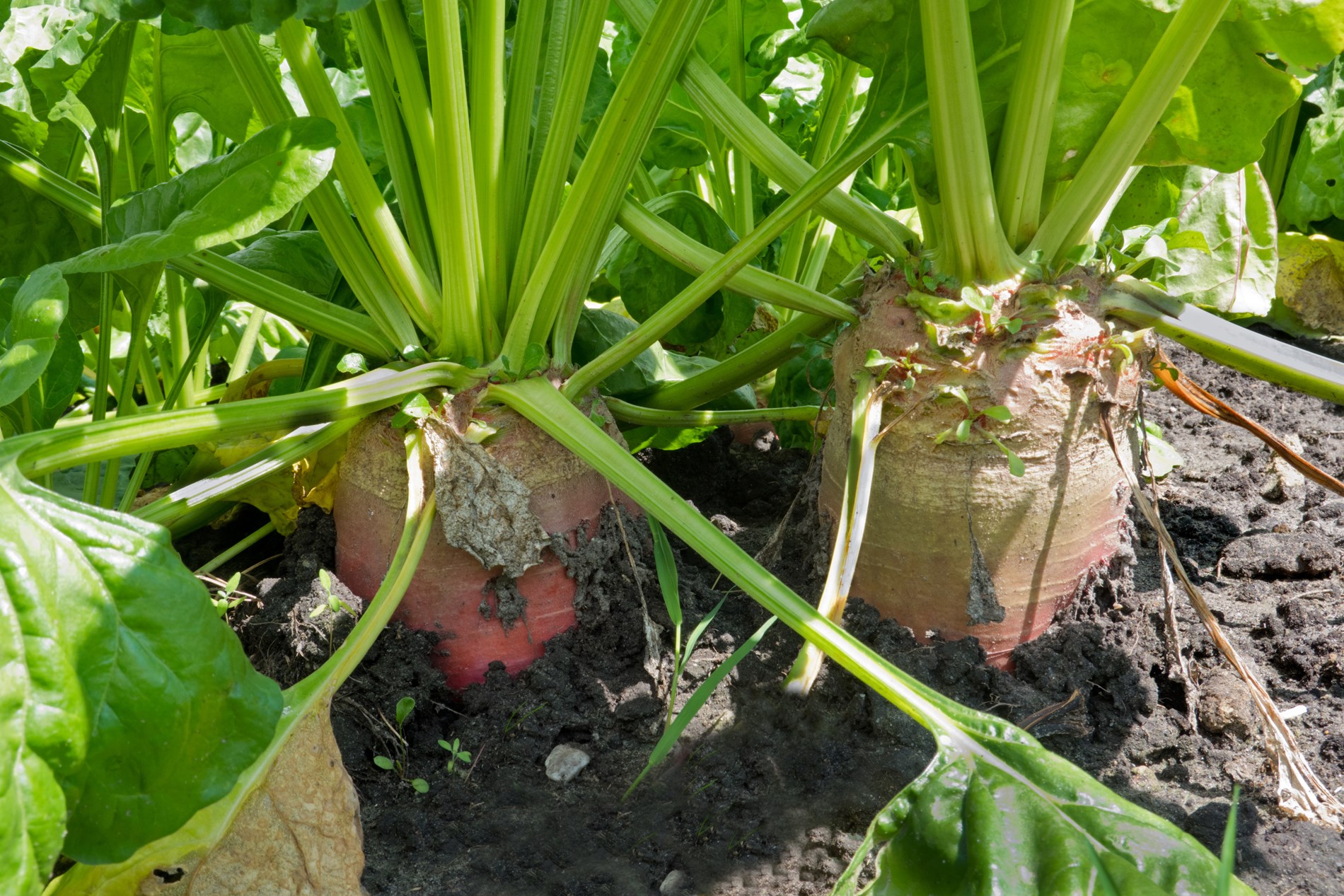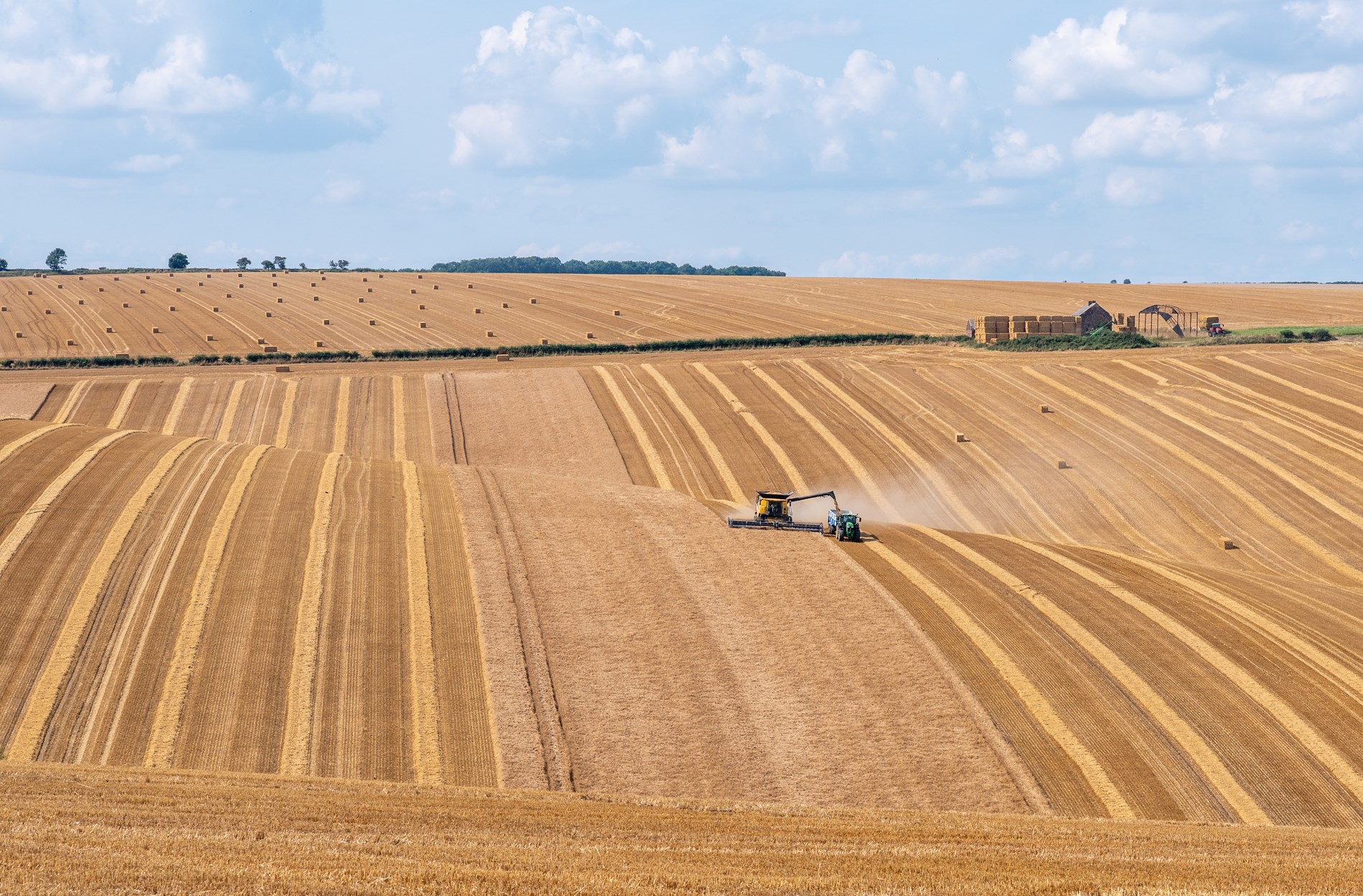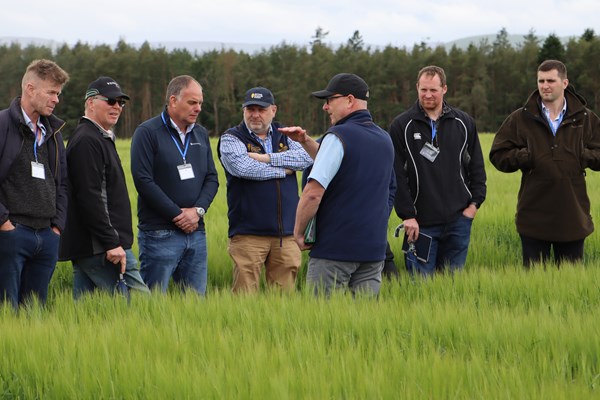
- 25 March 2024
Forage crops: Enhancing livestock nutrition and sustainability
Forage crops are a high yielding, premium feed option for livestock, particularly when grass growth is limited or fodder availability may be scarce, such as dry spells in summer and cold winter months.
Primarily grown for animal consumption, these crops are rich in nutrients and grown specifically for grazing or harvesting for fodder, silage, hay, or other feeding purposes.
At McCreath Simpson & Prentice, we offer a wide range of forage crop seeds, either as straights or in a mixture, to produce the yield and quantity required. Upon planting, our BASIS and FACTS qualified advisors are on hand to provide the latest advice for agrochemicals and fertilisers, to establish and grow your forage crops successfully.
Our range of forage crops include turnips, rape, fodder beet, swedes and kale. Additionally, we provide root mixtures and arable silage mixtures.
These specialised mixtures, combining stubble turnips and forage rape have been in great demand in recent years due to their efficacy in fattening lambs during autumn and winter seasons and exceptional stock utilisation outcomes.

What are the top benefits of growing forage crops?
1. Cost reduction
With livestock feeding costs typically representing a substantial proportion of production costs, growing forage crops can help to reduce these costs.
2. Grassland renewal
Forage crops serve as an excellent break crop for grassland renewal.
3. Soil enrichment
Grazing forage crops in situ enriches the soil with organics matter and the return of grazed nutrients back to the soil.
4. Carbon sequestration
Forage crops contribute to carbon sequestration, as they can capture carbon dioxide from the atmosphere, helping mitigate climate change by reducing greenhouse gas emissions.
5. Biodiversity conservation
By providing habitats and food sources for a variety of beneficial organisms, including pollinators, soil microorganism and wildlife, forage crops bolster biodiversity.



The best ways to manage cover crops
- Gradually introduce livestock to forage crops over a two-week period upon readiness for grazing, which may occur within 60 to 100 days post-sowing.
- Provide a grass ‘run back’, along with access to water and supplemental hay or straw.
- Incorporate forage crops into livestock diets at rates ranging between 35-50% of total dry matter intake.
- Employ strip grazing techniques, utilising an electric fence, to optimize crop utilisation and minimize waste.
Why are forage crops important right now?
Following a turbulent year characterised by adverse weather conditions, there has been a notable decline in cereal crop yields, leading to a scarcity of straw.
As a result, farmers are confronted with challenges in both sourcing an adequate quantity and bearing the associated costs to shelter their livestock indoors. The Farmers Weekly has reported that costs for a tonne of straw in 2024 could be the same as a tonne of grain.
By extending the outdoor housing period for livestock by around two to three months, forage crops alleviate production costs and ensure sustainable livestock management practices.
This makes cover crops a highly cost-efficient alternative.

Get in touch today
If you are interested in improving the efficiency of your farm by planting forage crops, contact Grass & Small Seeds Manager Alasdair Ralston on alasdairralston@mspagriculture.co.uk or call 07764 896379.




